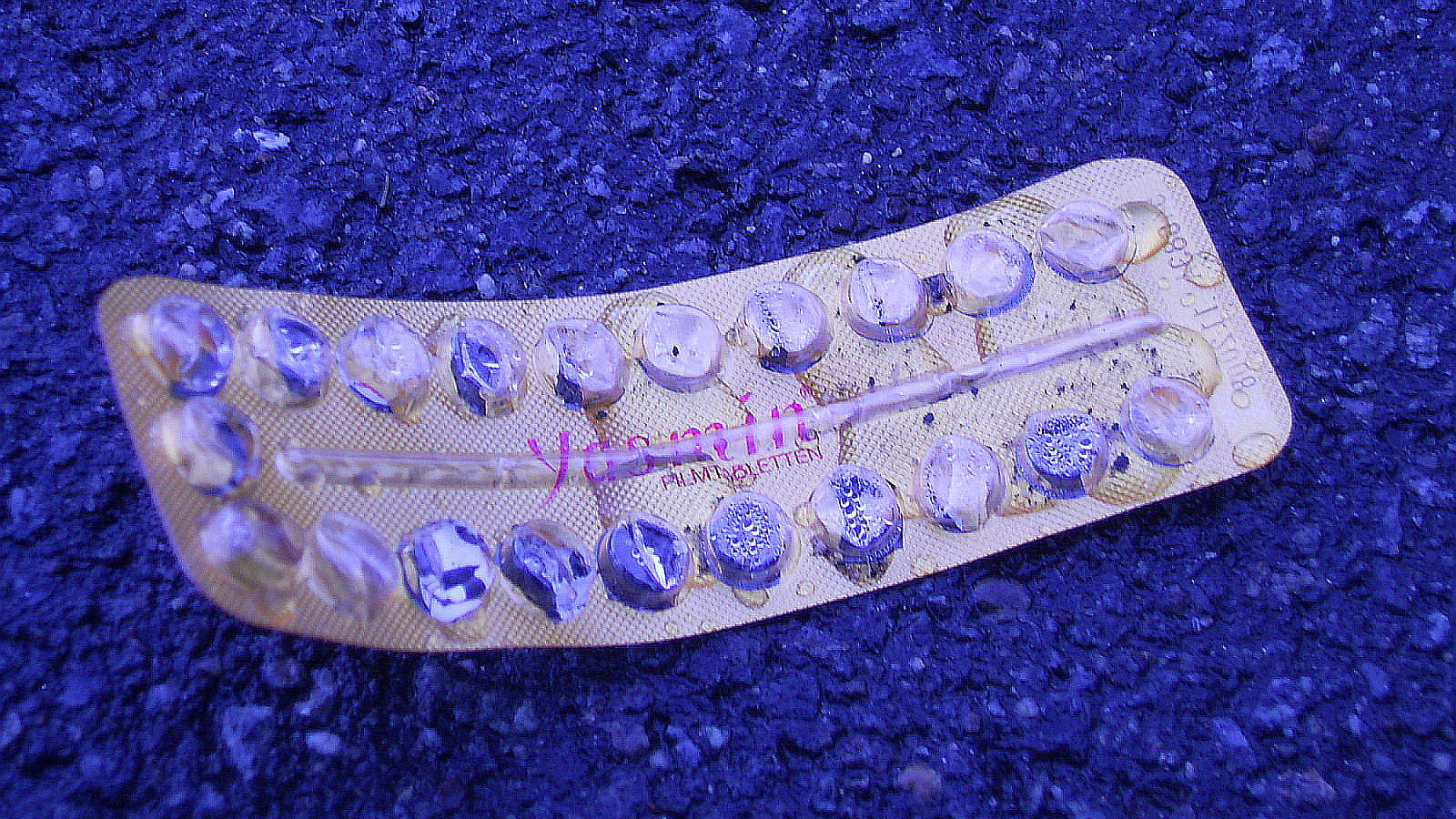Q. I purchased The Keeper about six months ago and was really proud to say that my period had gone zero waste. But then I thought about what receiving a visit from Aunt Flo means — I’ve finished another pack of my birth control, and that means it’s time to throw away another empty, plastic (with a little bit of foil) pack.
I know you’re probably going to suggest I look into “zero waste” birth control options, but I’ve decided that they just aren’t for me. So my question is: What should I do about those pesky empty packs to keep them from going to the landfill? Are there any pharmaceutical companies that make birth control in a less idiotic packaging design?
Kim H.
Richmond, Calif.
A. Dearest Kim,
The last time someone sat me down to discuss what it means to receive a visit from Aunt Flo, there was a lot of uncomfortable talk about “blossoming into a woman” and some diagrams of the female reproductive system that resembled the face of an angry red grasshopper. So, naturally, I was quite relieved to read on and find out you’re much more interested in wasteful packaging. That I can handle without blushing.
First, the bad news, Kim: As far as I can find, there are no pharmaceutical companies producing less wasteful packets of birth control pills. Brands vary a bit, but the usual monthly setup is a plastic-and-foil blister pack of the pills themselves, a plastic case that I suppose is meant to protect the blister pack (from what? Are they expecting women to take them bull riding?), and a paper information brochure, often corralled into another plastic or paper bag for discretion. This raises several good questions: Why not just issue one reusable plastic case per prescription? Why not allow people to opt out of the case entirely? Why can’t they simply email one PDF of the brochure? Unfortunately, the pill makers remain mum on these simple queries.
You should recycle the brochure and bag. You could attempt a crafty DIY project with the case. I found some suggestions here and here, all a bit on the silly side (Decorated wallets! Business card holders! Barbie luggage set!), if you’re so inclined. If not, I have two suggestions for you.
One: Don’t worry about it. Yes, by remaining baby-repellent you are creating some packaging waste every month. But those crumpled packets are a drop in the ocean compared to the environmental impact of an entirely new little person you’re not planning to create. A little person who, though cute, will poop, eat, drive, and consume himself into a veritable factory of garbage creation, resource use, and carbon emissions, simply by existing.
When it comes to birth control, our priorities should be first be figuring out which methods work for us. They say the greenest condom is the one you’ll wear; I say the greenest Pill is the one you’ll swallow. I’m not going to press you to switch to an IUD (though they are long-lasting and create very little waste!) or the birth control shot (though it works just like the pill, with less plastic!) if those methods don’t jive with your body and preferences. If you’ve found something that plays nice with your body, and you can remember to take it, then stick with it and don’t sweat the small stuff.
Two: You’ve told me you think your Pill packaging is idiotic. Now tell the company that makes it. In fact, if any of the 10.5 million women who also make the pill their contraceptive of choice are reading this, please pitch in and help Kim out by doing the same. Call, email, write, and/or tweet your dissatisfaction. Demand an eco-friendlier option. Let’s all get busy (lobbying) and see if we can’t bring about a second sexual revolution.
Womanly,
Umbra



